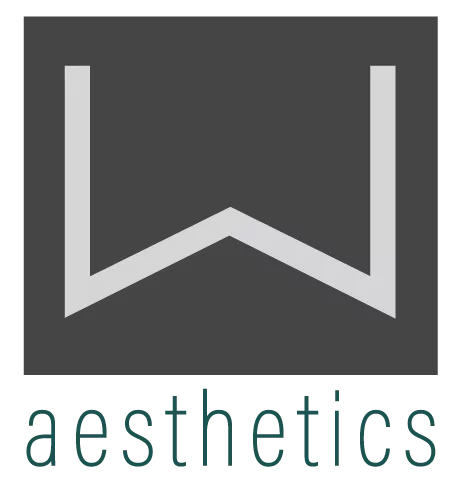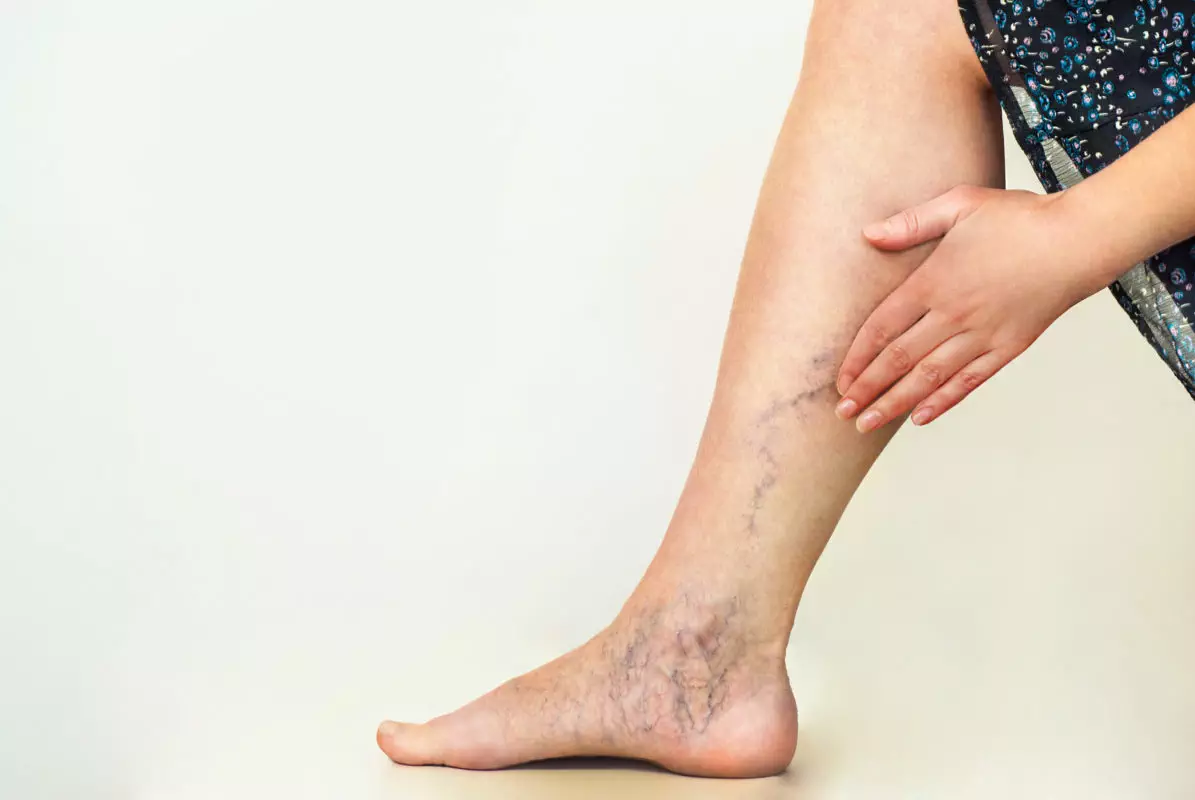Treatments
Say Goodbye to Spider Veins with Sclerotherapy
Let’s be honest, no one really likes spiders… or spider veins. Just like the eight-legged creatures, most of us want our veins to stay hidden…. Out of sight, out of mind right? Fortunately, there’s a way to fade those visible spider and varicose veins… it’s called Sclerotherapy.
In case the term or treatment is new to you, let’s start with what it is and how it works to target those visible veins we’d prefer to keep hidden. Simply put, Sclerotherapy is a treatment designed to strategically and safely collapse unwanted spider or reticular veins by utilizing a solution (we at W use Asclera by Mertz), which is injected directly into the vein, causing it to collapse while forcing blood from that vein to travel a different route through better, healthier veins. The collapsed vein is gradually absorbed into the body’s tissue and, within a few weeks to months, its color fades to be virtually unnoticeable. Sclerotherapy has been around since the 1930s, it is a very safe and effective way to address unwanted veins.
But, other than aesthetics, is there a reason you’d want Sclerotherapy treatment? Actually, yes.
While spider and reticular veins are not usually dangerous or symptoms of a serious medical condition, visible reticular veins in particular are less healthy veins. They are veins that, over time, have become swollen and twisted, which does not allow them to work properly. It’s been found that because these veins have been altered and aren’t as healthy, the blood in these veins is not transported back to the heart as quickly as it should be, causing vascular congestion. Again, for most people this does not cause a serious condition, but rather very obvious bluish raised blood vessels, often on the lower legs, ankles or backs of knees. However, for some, these veins do cause aches or discomfort in the legs and, in cases where they get worse, can sometimes cause more serious issues such as leg ulcers or blood clots. Some pressure and pain can often be relieved by elevating legs and feet or wearing compression stockings…. or by treating these veins with Sclerotherapy.
So while Sclerotherapy is often performed as a cosmetic treatment to rid one of those little spider veins or larger reticular veins that aren’t aesthetically pleasing, it is also a great option for those wanting to address any aching or swelling. Do keep in mind that typically 50-80% of injected veins will respond to treatment and be eliminated in each session, so while one treatment is very effective for some, depending on the individual and severity of the veins, you may need multiple treatments for best results.
Now that you know the what and the why, let’s talk about what to expect when it comes to your Sclerotherapy treatment at W. To prepare for a Sclerotherapy visit, we ask that you avoid shaving or using lotion the day of your appointment so that skin is in its natural state. We also recommend that patients stop taking ibuprofen, aspirin or other blood thinners and avoid alcohol for a few days prior in order to reduce the risk of bleeding or bruising.
When you arrive, your provider (one of our expertly-trained nurse injectors) will clean the area(s) to be treated with alcohol, then inject the Asclera solution directly into the vein using a very small needle. Spider veins typically respond very well to these tiny injections, which cause them to clot, seal and fade away. After the injections are complete, we will apply compression and massage the areas to help disperse the solution and keep excess blood away from the injected vessels. Treatment typically takes less than an hour and side effects are minimal, but may include bruising, redness, small sores or visible blood vessels and slightly discolored spots or lines on the skin, but these should resolve fairly quickly. We will also give you post-care instructions on what to do and what to expect in the coming days to weeks. We do recommend walking and moving following treatment as blood flow is important, however strenuous exercise should be avoided for two weeks after. Sclerotherapy patients should also avoid excessive sun exposure as this can lead to dark spots in the treated areas. That’s why fall/winter (or even early spring) is a perfect time to undergo Sclerotherapy treatment as it’s easier to stay covered up and avoid sun on the legs.
Although every individual is different, as a general rule, you can expect most spider veins to respond to treatment within 3-6 weeks, while the larger reticular veins may take up to a few months. In addition, those veins that do respond to Sclerotherapy and are eliminated usually do not return. However, new veins may appear over time and can always be addressed in a future treatment.
So if you’re not a fan of spiders (who is?) or feeling self-conscious about those visible reticular veins, give us a call to inquire about Sclerotherapy and see if it might be the right treatment for you. We are happy to get you scheduled for a consult to determine if you’re a candidate and help you start now preparing for summer’s shorts season.

